By Jocelyn Newman
As my son neared two-and-a-half, his boundary-pushing really took off. It was the sly smile as he intentionally spilled a little more water out of his cup or the devilish giggle as he—yet again—delayed bedtime with an additional “emergency” bathroom run.
But for all the adorably mischievous moments, there were also the painful ones: the ones where he begged to turn right at the intersection, even though our destination was to the left. The ones where he fell to his knees in frustration because he couldn’t have a certain snack or play with a certain toy.
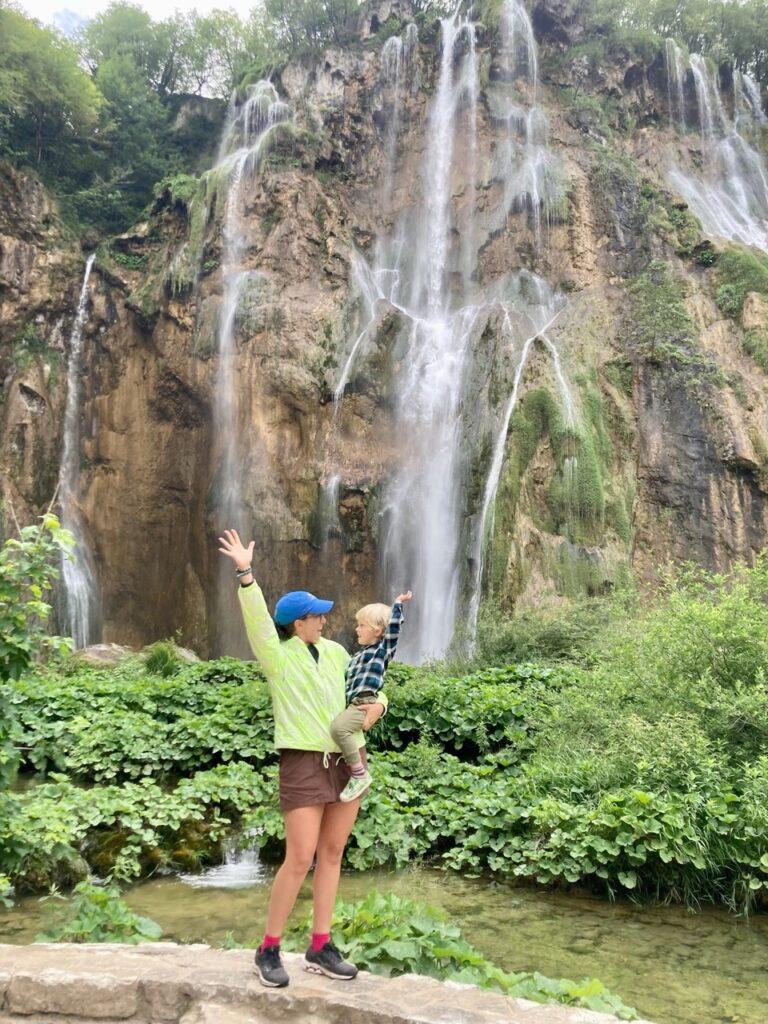
This is all part of growing up, part of the “terrible twos,” or so I’m told. Toddlers need to test the bounds of “no” to learn how to operate in society and amongst their peers. Pushing boundaries, in many ways, is the best way to see what’s possible. But as a mom, being the boundary setter can also be exhausting. It’s heart-wrenching to deny anything to the little ones we love, much less if it ends in tears.
Discovering “yes spaces”
For me, this came to a head during my family’s recent travels through East Asia. This region of the world is stunningly beautiful and culturally rich, and also has distinctly strong norms regarding cleanliness, noise, and general comportment.
We spent weeks navigating bustling metropolises, cramming into crowded subway cars, using the stroller more than we had in months, and feeling like “shh” and “no” were becoming all the more prevalent in our parenting vocabulary. The effect on my son emerged gradually, but was nonetheless apparent: there were more tantrums and tears, more begging to be carried, and more general exhaustion.
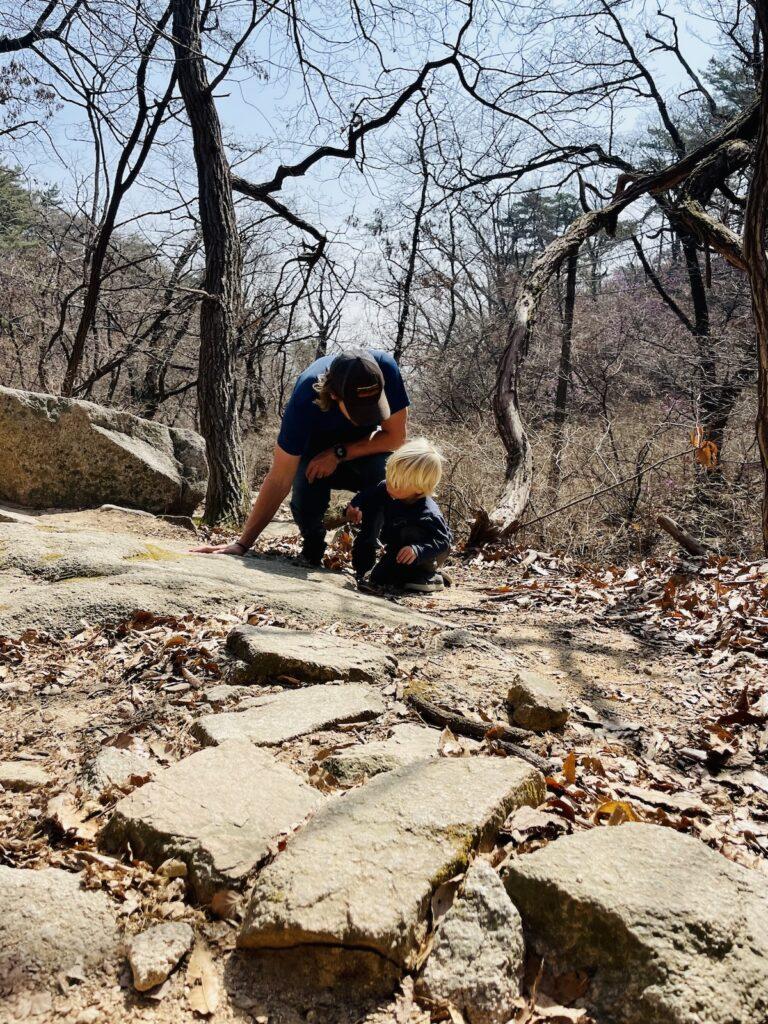
And then we made it to Seoul, Korea, another massive city, but one that boasts having the world’s most visited national park within its borders. We woke early one morning, grabbed pastries on our way to the bus stop, and rode just under an hour to reach the Bukhansan ranger station. Within minutes of starting our hike, it was clear that this day felt different.
When the path forked around a few large trees, my husband and I took the path to the right. My son paused. “Going left, mama,” he declared, and I simply said “yes.” “Can I yell here?” he asked. “Go wild.” “I wanna throw rocks,” he shared upon spotting a stream. “No problem.” There was so little “not now,” “not here,” “not yet,” and the impact was palpable.
My toddler hiked almost the entirety of our 2.5-mile loop, articulating that he was indeed tired but that he wanted to keep going. He continuously stopped to check that I was close behind him and held my hand to “help me” over rocks. It felt like my little guy was himself again, displaying more self-control and maturity than I knew he had.
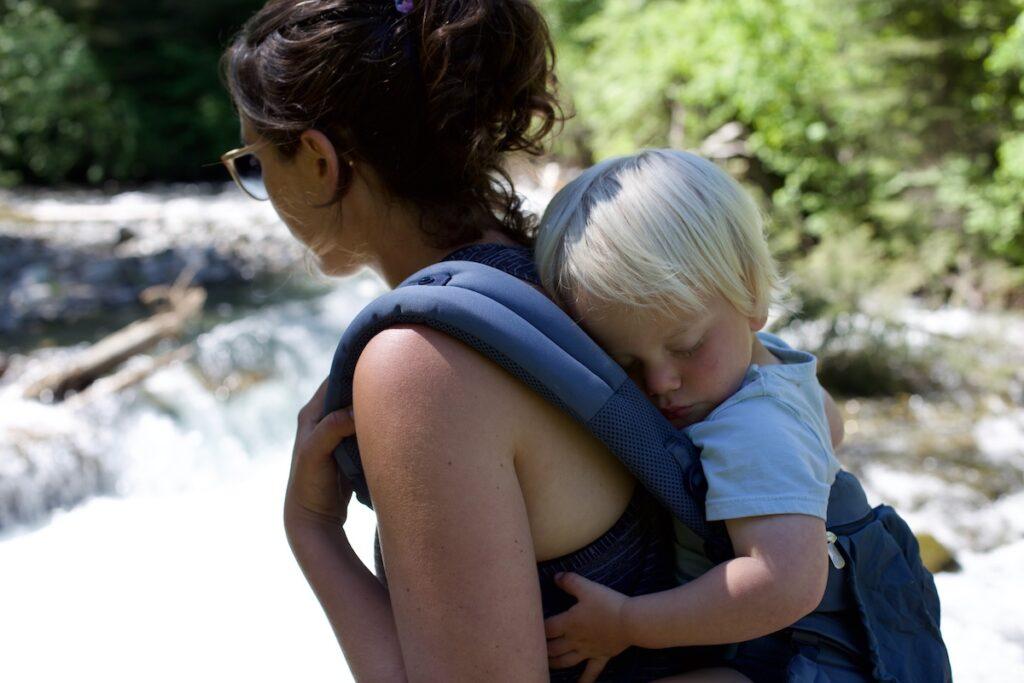
On the bus ride back (another hour-long slog that my toddler miraculously handled with grace), I looked at my husband with a wide smile. “It just felt so good to say ‘yes’ today.” I’d never articulated that concept before, but the moment it left my lips, it struck me.
Yes, toddlers need boundaries. But when you’re a tiny human just learning to speak, emote, and operate in the world, you’re inundated with an onslaught of “no” that is understandably frustrating, discouraging, and disempowering. My realization gave me a term to use and a notion to grasp onto: we needed to cultivate more “yes space” to balance out the barrage of boundaries.
Putting it into practice
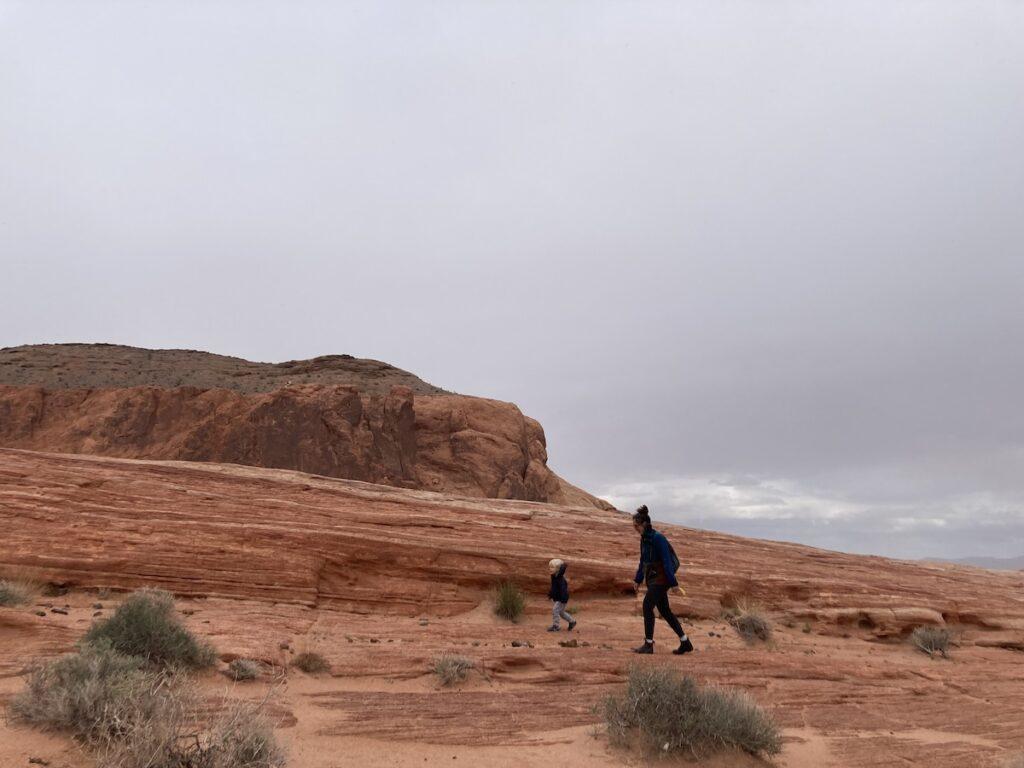
So how can we do it? While I use the term “yes space,” I don’t have a specific layout or location in mind. For my family, getting outside is ideal — one of my favourite parenting adages is, “When they’re bouncing off the walls, take away the walls.” It’s easier to say “yes” when the environment is already “dirty,” every stick or pine cone can be snapped, and there’s ample space for exploration.
But little shifts at home can also go a long way. Fill your lowest kitchen drawers with items safe for play, like Tupperware or wooden spoons. Collect a stack of old electronics that can be the analog of your own (e.g. old remotes without batteries or dead cell phones) so that mimicry can be part of the fun. Take a look at your play spaces with fresh eyes and ask, “Where do I find myself most often saying ‘no’?”
Wardrobe decisions may also be part of the journey. Shortly after my son was born, I started a company called First Peak that makes sustainable adventurewear for babies and toddlers, designed to help families get outside together.
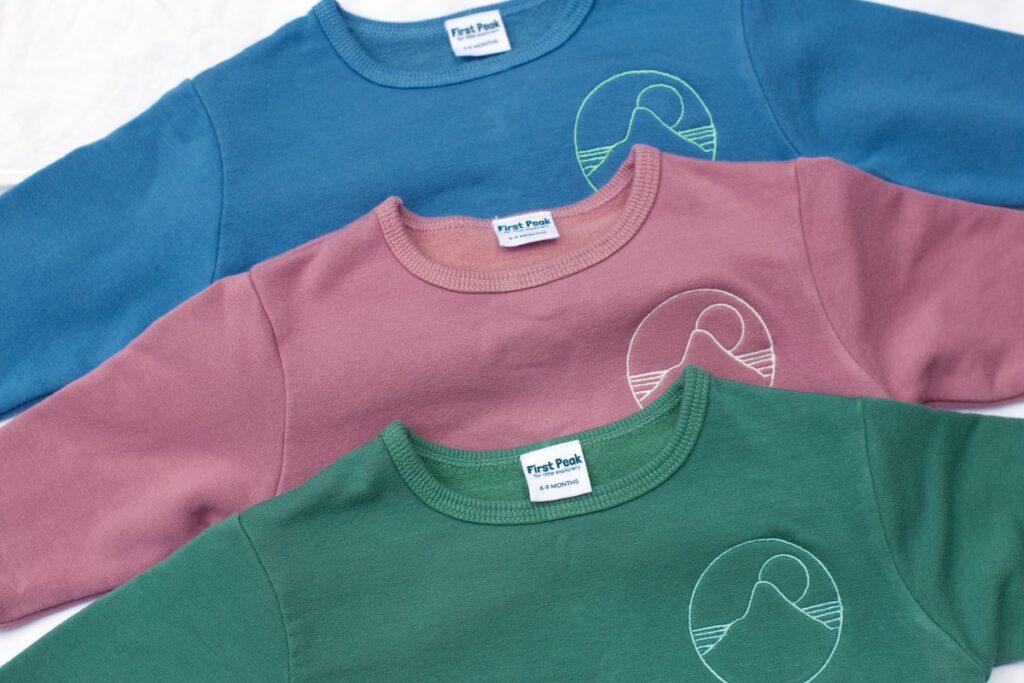
In no way was I talking about “yes spaces” when I launched the brand, but the missions are clearly aligned: offering our little ones clothes that can get dirty or wet without being smelly or soggy allows us to stop intervening during those splashes in the water fountain or that digging in the dirt.
While there are certainly tactics to creating space for “yes,” the mindset alone can also be transformative. Having the language to describe what’s starting to trigger a tantrum or what’s making a day more draining has infused more awareness and reflection into my parenting.
I, of course, need to say “not that” quite often, but I’m much more intentional in seeking a “this instead” to follow it up. I’m able to think about chunks of the day, whether travelling or at home, as opportunities for “yes space” versus more structured, contained time and ensure there’s a healthy mix of the two.
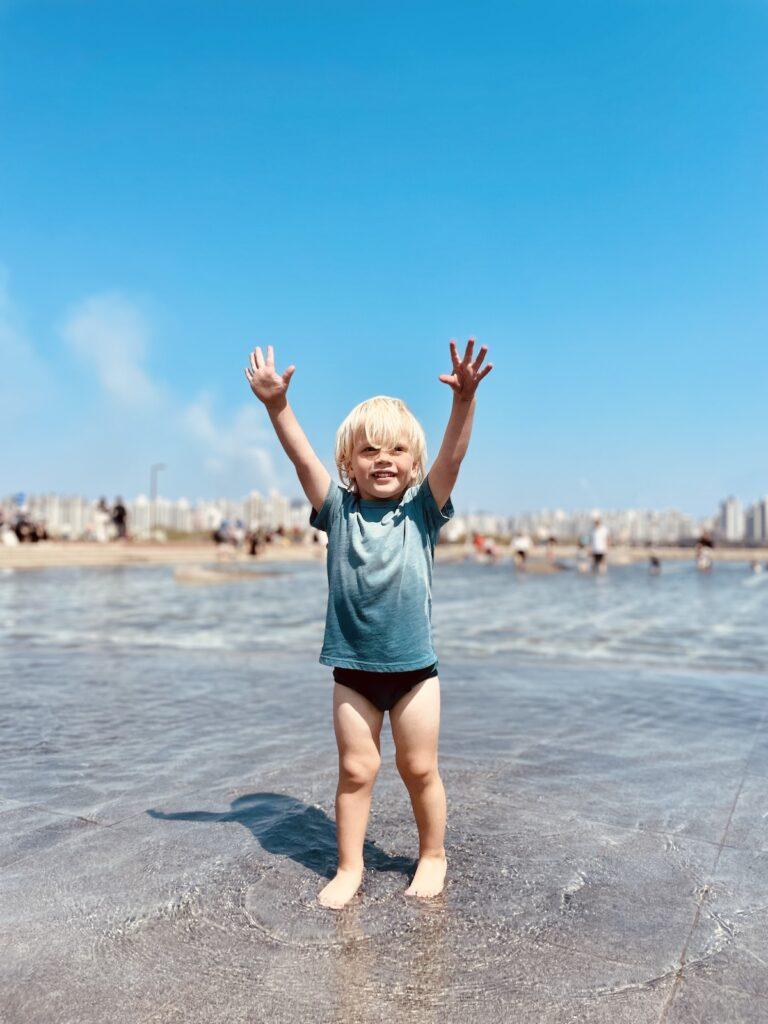
I’m not the first person to recognize the power of “yes.” I know logically that autonomy and empowerment are critical to my son’s development. But I was still bowled over by that little word’s impact on my child. Boundaries are an effective tool for learning, but their absence can be equally powerful.
What “yes space” can you create today?
Jocelyn Newman is a mom, entrepreneur, and adventure traveller. She’s the founder of First Peak (www.firstpeak.co; @firstpeakbaby), a line of sustainable adventurewear for babies and toddlers inspired by her travel adventures with her own son. All First Peak clothes are designed and manufactured in California using eco-friendly fabrics that are purpose-built to handle mess, moisture, and mayhem.


